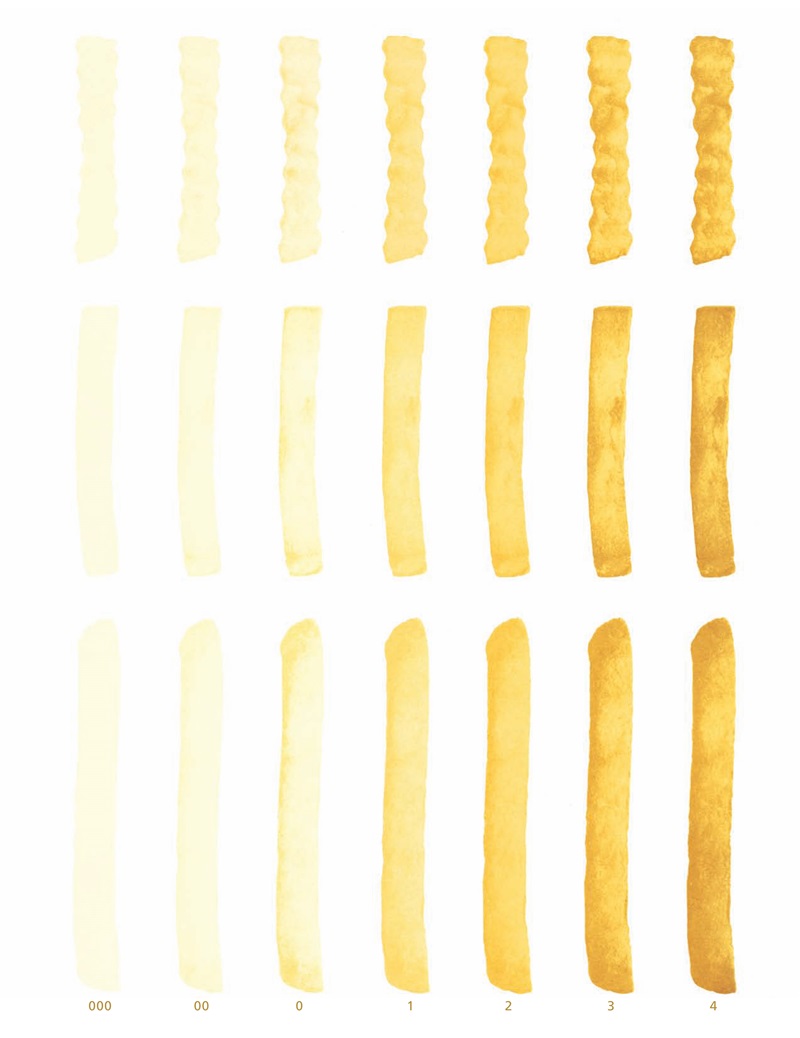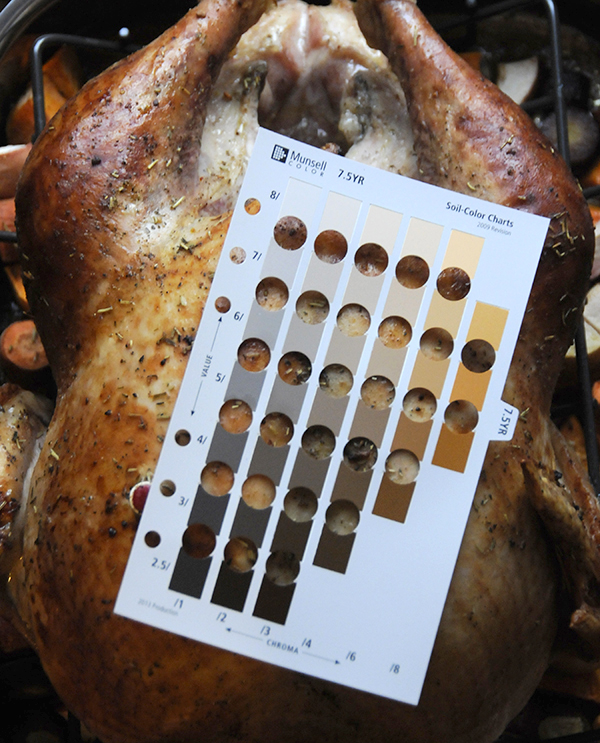Color plays a major role in our food choices. Many foods like Swiss cheese, strawberries, broccoli, and mashed potatoes always look the same. We know what to expect when we take our first bite. But what if your mashed potatoes were green? Would they taste different? Would you even try them?
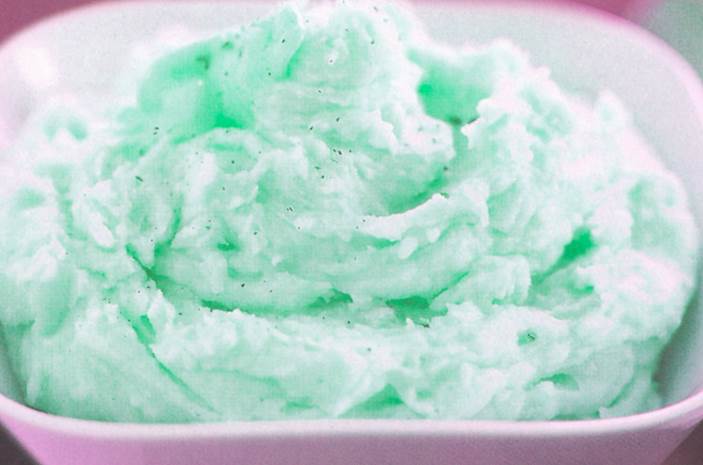
Why Color Analysis is Important for the Food Industry
There has been a lot of research about the role color plays in how we perceive and even taste food. These studies show that our judgment of flavor is most affected by the color of the food or drink. According to food expert and chemist Kantha Shelke, we eat with our eyes before we ever smell or taste. The color cues are very important.
Psychologically, we expect red foods to taste sweet, with flavors like strawberry or cherry. Yellow should taste sour, green tart, and (except around Halloween) many people won't even try dark colors like black and purple because they make us think of spoiled food.
Color can overwhelm reality. An article published by the Journal of Consumer Research reported that our taste perceptions are more heavily influenced by color than price or product quality. Since color is a dominating factor in product choice, color analysis is an important consideration for food and beverage manufacturers.
Food Color Measurement
The food industry considers our psychological preference for color when creating their products. If food doesn't taste good, you probably won't eat it again. But if it doesn't look good, you may not try it at all.
Along with formulation and color analysis software, food and beverage manufacturers use color measurement devices called spectrophotometers to maintain brand consistency and ensure that their products leave the warehouse with the color consumers expect.
Measuring the Color of Beverages
The Bacardi Bottling Corporation is one of many companies who use X-Rite technology to control the color of their products. Using an X-Rite benchtop spectrophotometer, they measure the color of the raw ingredients, then calculate a recipe that will provide the perfect Mojito color and taste. Once a sample batch is blended, they measure again to make sure it meets color tolerances before they mix the full production batch in order to identify any problems before 10,000 gallons are wasted.
The X-Rite Ci7600 spectrophotometer and Color iQC software are approved by the USDA for color grading orange juice. This solution calculates color scores for frozen, concentrated, pasteurized, and canned orange juice to deliver verified results. To get a USDA grade shield, the official label seal that verifies the quality and integrity of an agricultural product, manufacturers must go through a rigorous review process by highly-skilled graders and auditors from USDA's Agricultural Marketing Service to ensure color and quality standards.
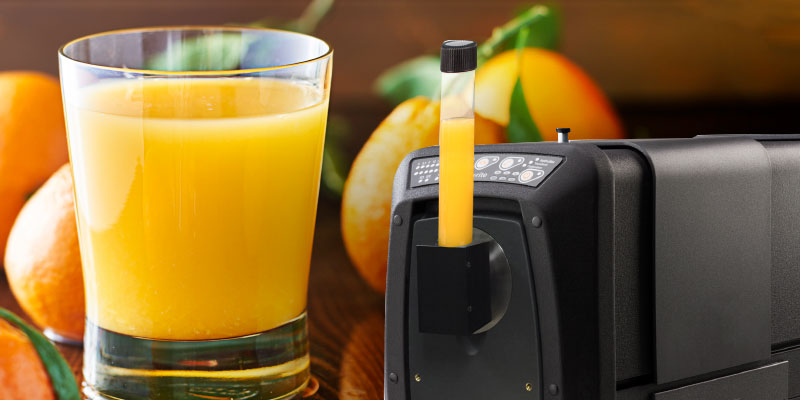
Learn more about this solution for measuring the color of beverages in our Color Control for Food and Beverages blog.
Measuring the Color of Food
Would you buy a bottle of ketchup if it was not the same color as the others on the shelf?
When it comes to measuring the color of food, not all samples are smooth and homogenous, and some - like ketchup - can contaminate the optics of the spectrophotometer. The MetaVue VS3200 non-contact imaging spectrophotometer offers smart spot and on-screen targeting to effectively measure color on gels, creams, and powders without touching the sample.
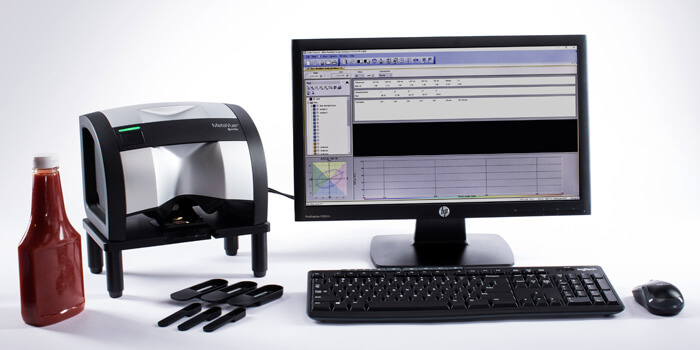
Instead of averaging all of the visible colors like a traditional spectrophotometer, the MetaVue VS3200 eliminates the shadows and tiny defects that aren't part of the color to capture the main color of the sample. Adaptable accessories include an instrument stand to place the instrument three inches above the table with replaceable trays that slide in and out for easy measurement of pastes, powders and liquids.
Visual Color Analysis for Food
Whether you’re harvesting crops or processing food, color analysis provides valuable insights into ripeness and readiness for processing. Since color can impact the value of crops, it also plays a huge role in evaluating food and produce quality. The United States Department of Agriculture (USDA) and numerous private food processors rely on Munsell USDA Color Standards for this job. From tomatoes to French fries, color standards help determine which foods make it to store shelves.
Munsell also creates physical standards to visually evaluate the doneness of cooked foods, like this USDA Frozen French Fried Potato Color Standard.
Check out the Munsell blog to learn how to cook turkey to color perfection. Using their 7.5 YR Soil Color Chart, they documented every stage of the Thanksgiving turkey to show us the Munsell Color System at work.
There's even a Munsell standard for grading canned pumpkin, so you know the one you choose from the store shelf will create the perfect shade of delicious pie that everyone will want to try during the holidays.
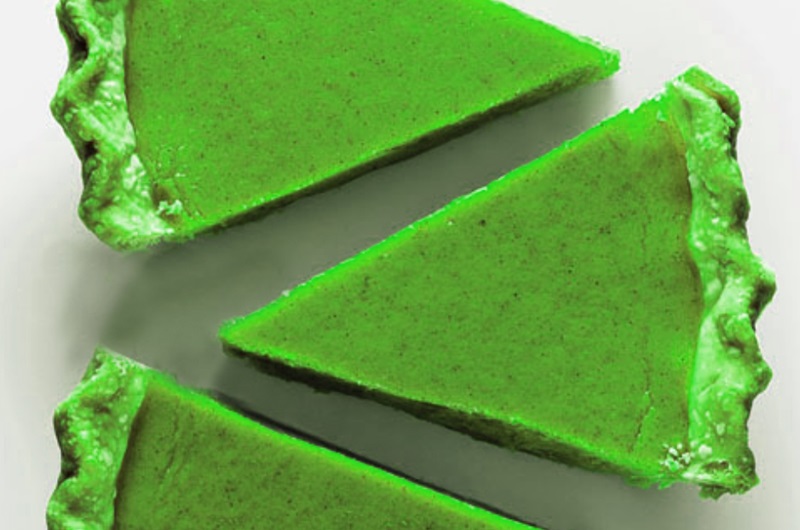
Learn More About Food Color Analysis
Not sure which device is best of you? Our Color Experts are answer your questions and help you choose the best food color measurement and visual evaluation solution for your food color analysis needs.
